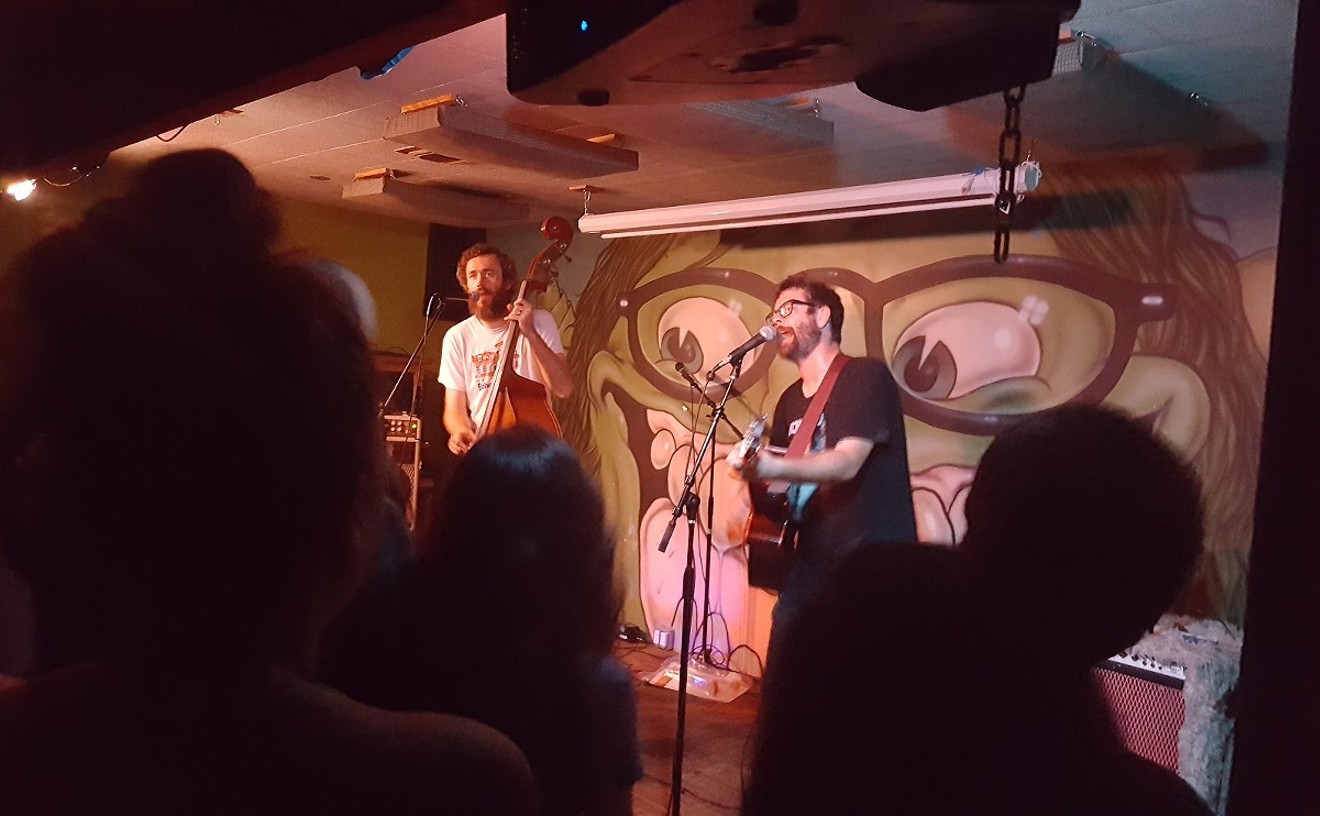He preferred not to discuss anything that "was going on," the handlers said. He hoped to avoid questions about current events. The thing to keep out of the conversation, they made clear in their own oblique way, was the attack. It may have been the most lethal act of terror ever prosecuted, but they wanted to keep it from infecting the interview. "We would just like to focus," one promoter politely entreated, "on his work."
That was a shame. Because Wolfgang Laib -- the German artist who has come to be known as the most subtly monumental sculptor of our time -- has the heart of a healer. And there has never been a time when America's gallery-going public has needed his ministrations more than now. But if the artist himself was reluctant to confront his audience's anguish, we can still find some relief in the undeniable calming power of his work.
In person, you could see where the spareness of his simple, organic sculptures comes from. Sitting in a corner of the Scottsdale Museum of Contemporary Art -- where his traveling exhibition, "Wolfgang Laib: A Retrospective," opened two weeks ago -- he seemed surrounded by an analgesic air. He was 51 and impish, his head shaved almost to a tonsure, his clothes so white and diaphanous it was as if they'd been spun from surgical gauze. It was no wonder he bore the likeness of a healer: In 1974, Laib left medical school to become an artist, to pursue a new kind of creation -- not of blood and muscle, but of pollen, rice, milk and beeswax. And, in keeping with his monkish demeanor, Laib would claim no credit for his work.
"What for myself is important is: I did not create them," he said of his installations. "I did not create the milk or the pollen or the beeswax. I'm participating in this, but I'm not its creator."
While Laib wouldn't acknowledge his own hand in his work, there's still no mistaking his spirit in it. Just spend a minute with the room-size installation Pollen From Hazelnut: Sifting several pounds of golden pollen into an infinitely thin layer on the floor, he creates a color field that is so brilliant in its hue, so numinously applied to the concrete at your feet, that it appears at first as if the sun were shining from below.
Critics have described Laib's work as speaking to the natural, the regenerative, the pure. All of this is true. But where Wolfgang Laib truly excels is in his ability to create a quiet, contemplative space -- a meditative, Zenlike ward where, for a few moments at least, it is safe to think.
Even the underspoken artist himself was willing to warn that missing that opportunity would be the biggest shame of all. "For some people, it is only pollen or wax," Laib said. "And if it's only that, then it's sad."










